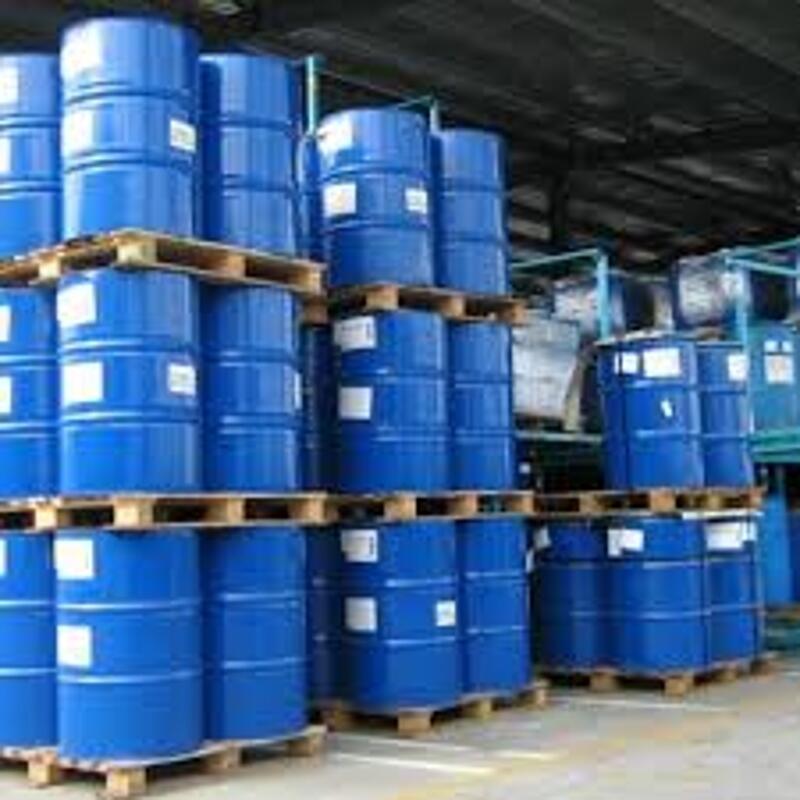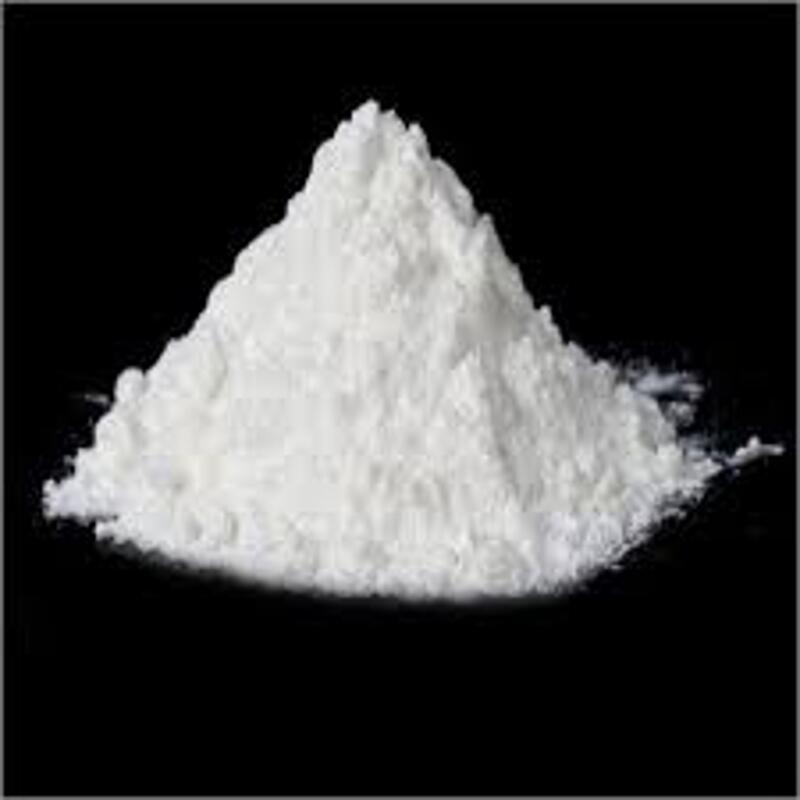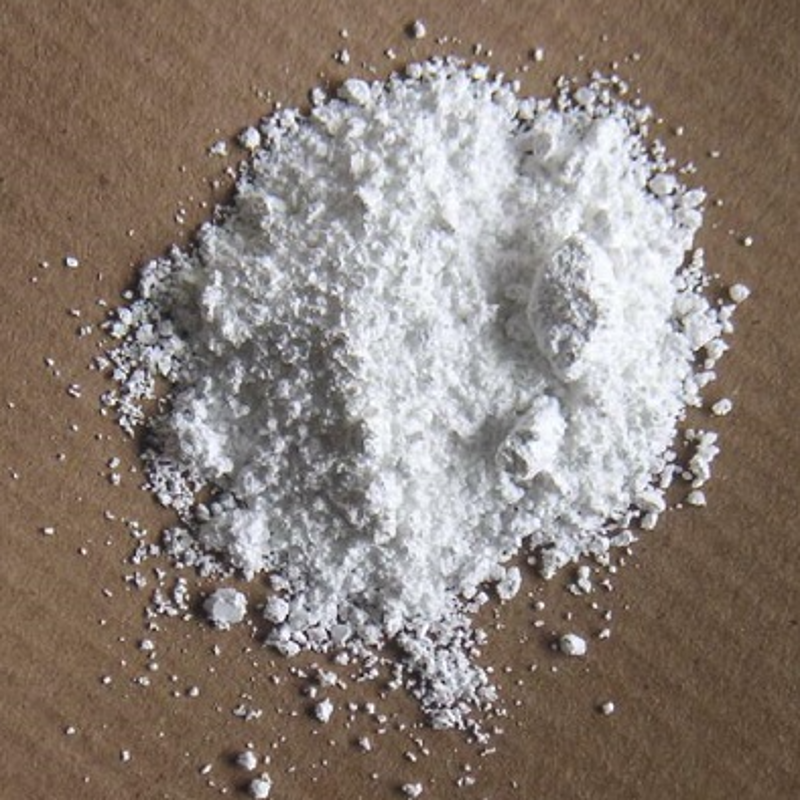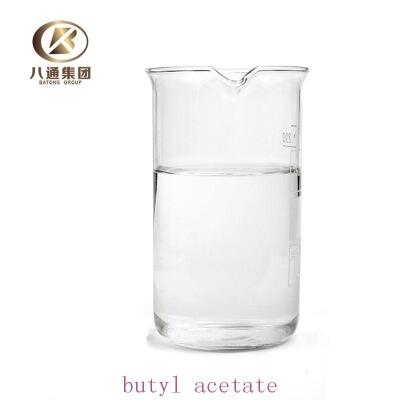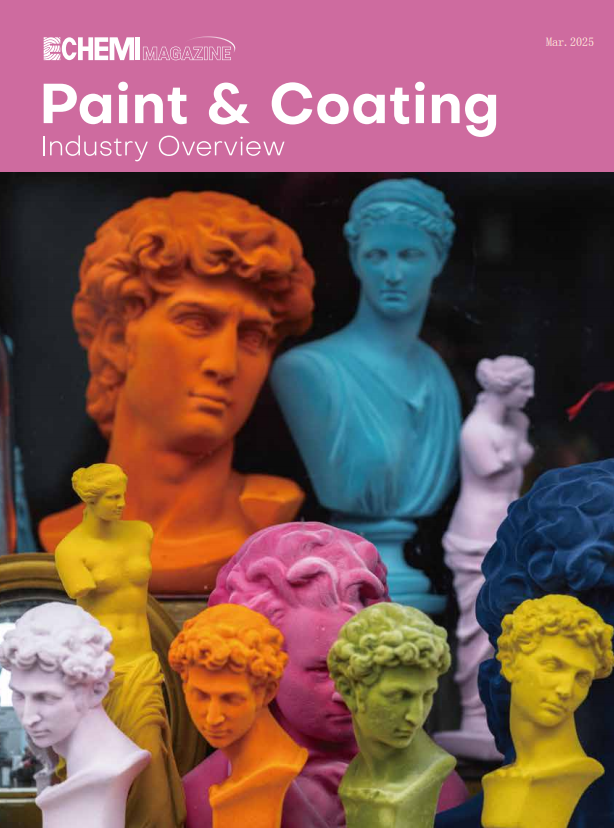Which sub-sector of the coatings market demand has fallen more sharply?
Coatings have a wide range of applications, and the global spread of the epidemic has had a great impact on coating manufacturers. In the coating industry as a whole, some sub-sectors performed well, while other sub-sectors fell sharply. As the epidemic is profoundly affecting the lifestyle in the post-epidemic era, in the future, the operation of paint companies may change accordingly.
Market polarization
As the epidemic is still developing, it is difficult to outline the full picture of the impact of the epidemic on coating companies. In the second quarter, the demand for coatings decreased significantly, and the demand for industrial and automotive coatings fell more sharply. Some sub-sectors have brought new opportunities instead. The quarterly financial reports of some coatings companies also illustrate this point. For example, Sherwin-Williams remained profitable, with sales falling only 5.6%. Sherwin-Williams Chairman and CEO John Morikis said that the demand for DIY architectural coatings in North America in the second quarter was unprecedented and the results were better than expected.
The main business of Axalta Coatings is industrial and transportation coatings. The company reported a net loss in the second quarter, with sales falling 43.6% year-on-year. Among them, the suspension of production by automotive original equipment manufacturers (OEMs) means that Axalta’s transportation coatings department’s sales have fallen by more than half, and the production of industrial coatings has also fallen sharply in the second quarter. In June, the company resumed profitability, but taking into account the impact of exchange rates, sales for the month were still down 24% year-on-year. In view of the sharp decline in demand, Axalta had to reorganize its business to cut costs. The sales of PPG's industrial coatings division fell by 40% year-on-year, which was equivalent to the decline in Axalta's overall sales, mainly due to the impact of automotive coatings and industrial coatings. But PPG reports that demand for DIY architectural coatings and packaging materials is very strong.
The performance difficulties encountered by companies such as Axalta and PPG in the second quarter are not necessarily due to management or strategic reasons. The downstream industry has encountered unprecedented shutdowns, and the paint industry can only respond passively. With the recovery of economic activity in June, the growth in demand in the coatings market continued until July. Joanne Sekella, global business director of Dow Coatings, said: "We believe that the darkest moment in the global architectural coatings market has passed. From the end of the second quarter to the third quarter, we can see that demand in various regions is improving."
Adapt to the new business environment
Paint manufacturers are constantly adapting to the new business environment, summing up experiences and lessons, investing in new technologies, and interacting with customers in new ways.
In the face of the outbreak of new crown pneumonia or other infectious diseases, epidemic prevention is an important issue for enterprises in the post-epidemic era. Michael McGarry, Chairman and CEO of PPG Industries, said that from the early impact and control of the Chinese epidemic, to the recovery and reopening of production, PPG has learned from Chinese factories and laid a solid foundation for epidemic prevention in factories in other regions.
The new crown pneumonia epidemic has caused difficulties in international transportation and has also made the coatings industry understand the importance of stable supply. "Supply security is of the utmost importance." Luc van Ravenstein, Senior Vice President of Global Coatings and Energy at Elementis, said, "In addition to ensuring employee safety, we also need to ensure that customers continue to supply raw materials." Elementis has 22 production sites in Europe, Asia and the Americas. Bases, many of which provide services for its coatings business.
Online communication is also a new normal brought about by this epidemic. "In the past few months, we have had more than 7,000 customers participating in online seminars." Van Ravenstein said, "Since the outbreak, our customer interactions have been more than before. It has changed our approach to information technology tools and electronics. Business perspective."
New demand brings new products
Many new demands in the post-epidemic era will also bring new changes. Skekella of Dow Coatings said that the spread of the epidemic indirectly supports the use of new low-volatile organic compound (VOCs) emission coatings and new products that can take away indoor VOCs emissions. This includes the widespread presence in the air. Microbes or viruses.
Sekella said: "Today, in the architectural coatings industry, we are not only interested in products that release less VOCs, but also products that can take other VOCs out of the air." Dow is still focusing on developing "resistant" Paint for cleaning process". In the post-epidemic era, frequent disinfection will become the norm. With the need for sanitary treatment, coatings need to undergo deeper and more frequent cleaning procedures, so it is more valuable to improve the corrosion resistance of coatings.
In addition, although for many paint manufacturers, the boost of DIY paint helps offset the decline in other businesses, whether this means a long-term shift in consumer behavior is still unknown. The DIY business grew during the Great Depression, but this growth did not last.
Looking for chemical products? Let suppliers reach out to you!
-
Paint & Coating Industry Overview Mar.2025
This issue provides analysis of the European and German coatings markets, as well as the latest monthly reports and price trends of coatings-related chemical raw materials. Support online permanent download.Published in: Mar.2025
Trade Alert
Delivering the latest product trends and industry news straight to your inbox.
(We'll never share your email address with a third-party.)
Related News
-
LG Chem is expected to build a new plastic recycling plant with an estimated capacity of more than 20,000 tons
-
Introduction to Toluene: Domestic Toluene Market stabilized on August 23
-
DOP Guide: Domestic DOP Market Arrangement on September 10
-
Morning Light Group holds doctoral symposium, achieving great achievements
-
BASF Expands Battery Anode Binder Production Capacity in the United States
-
The global intumescent fireproof coatings market value is expected to reach USD 1.56 billion
-
DOP Guide: on April 3, the focus of domestic DOP market fell
-
LyondellBasell Begins Construction of World's Largest PO/TBA Plant
-
DOP Guide: Domestic DOP Market Trend Rising on July 12
-
Evonik expands production capacity of architectural coatings additives in Europe
Recommend Reading
-

Porous thin-film solar engine developedsuccessfully
-

Benefits from Reconstruction of Ordos Cosource Chemical Calcium Carbide Furnace
-
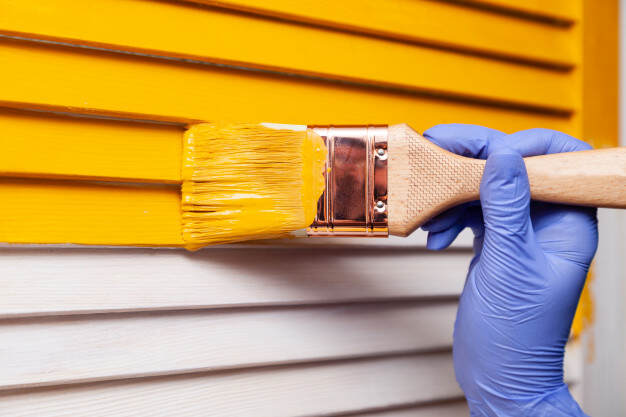
The coatings market in the Asia-Pacific region is less concentrated, and the market is divided up by many companies!
-

British Coatings Federation Welcomes Government’s Plans for Export Strategy
-

December Manufacturing PMI Slightly Declines but Still Expands
-
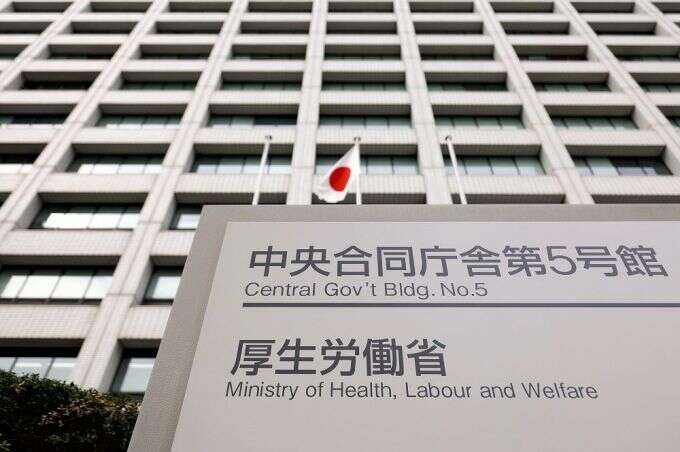
Japan Unveils Draft Guidelines to Enhance Safety and Quality Control of Food Ingredients
-

Tianshui Municipal Emergency Management Bureau inspects the standardization
-

Ascend Registers High Performance Lithium Battery Additives
-
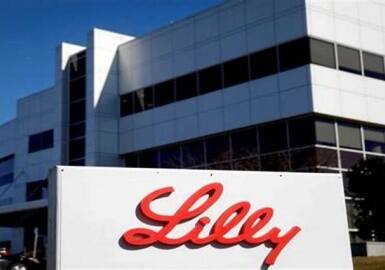
Eli Lilly’s New Drug Mounjaro Launched on January 2, Approved for Two Indications
-
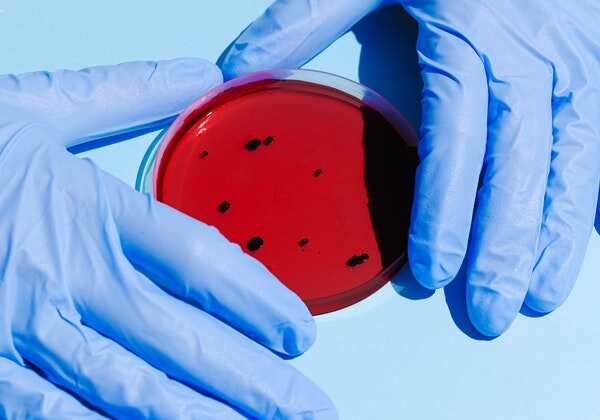
The COVID-19 pushes up demand, and API manufacturers expand 4 times





